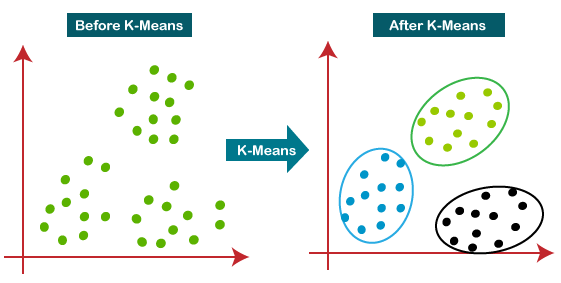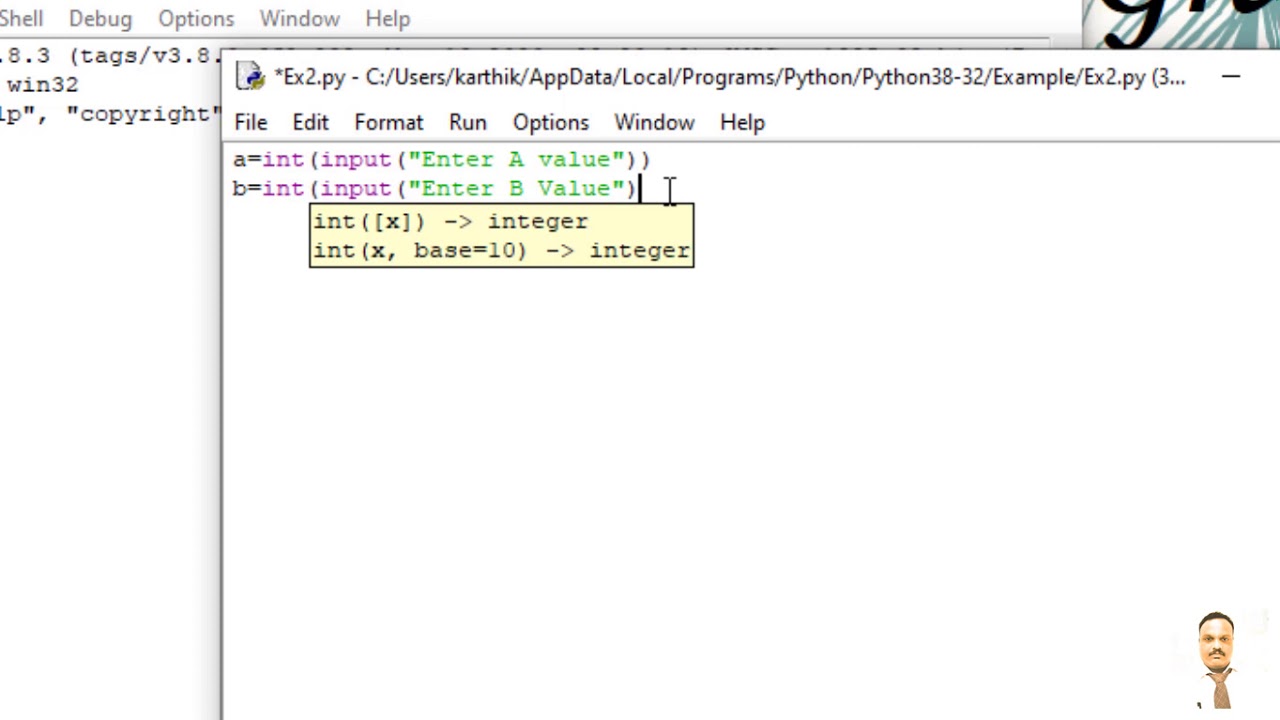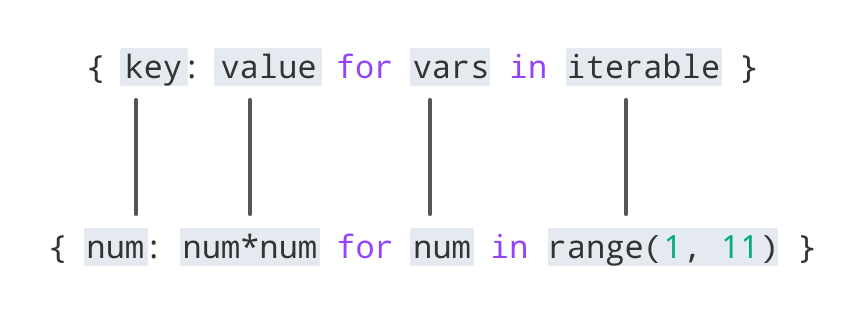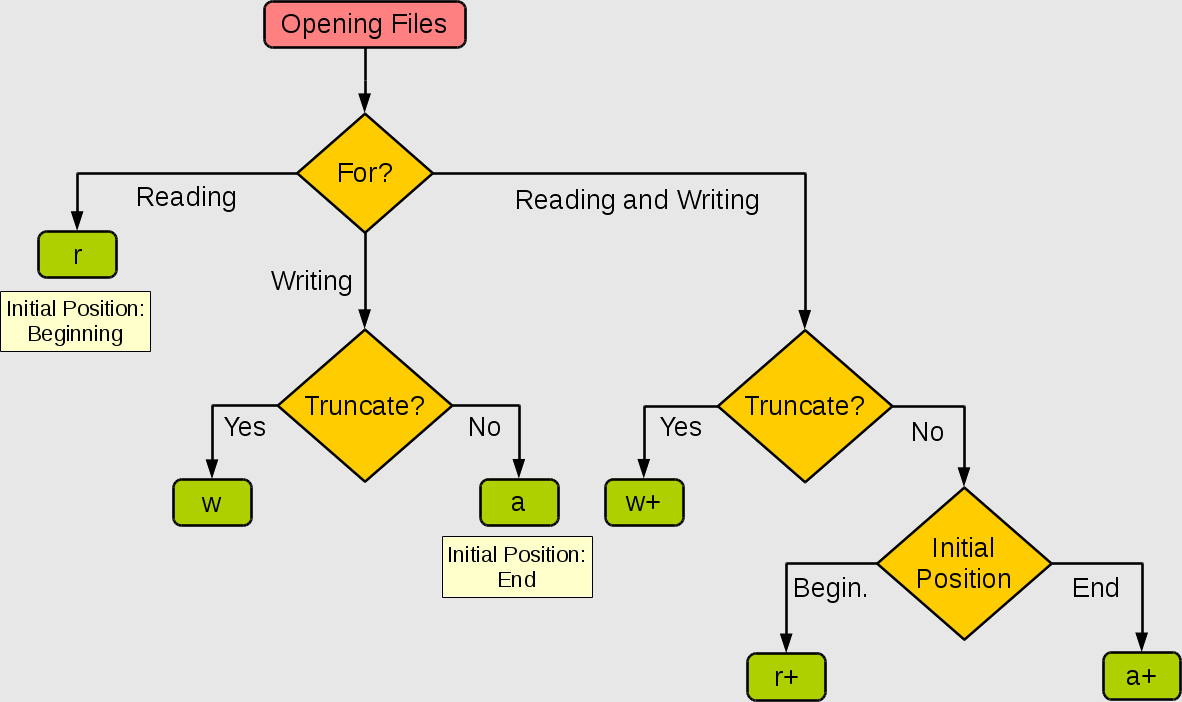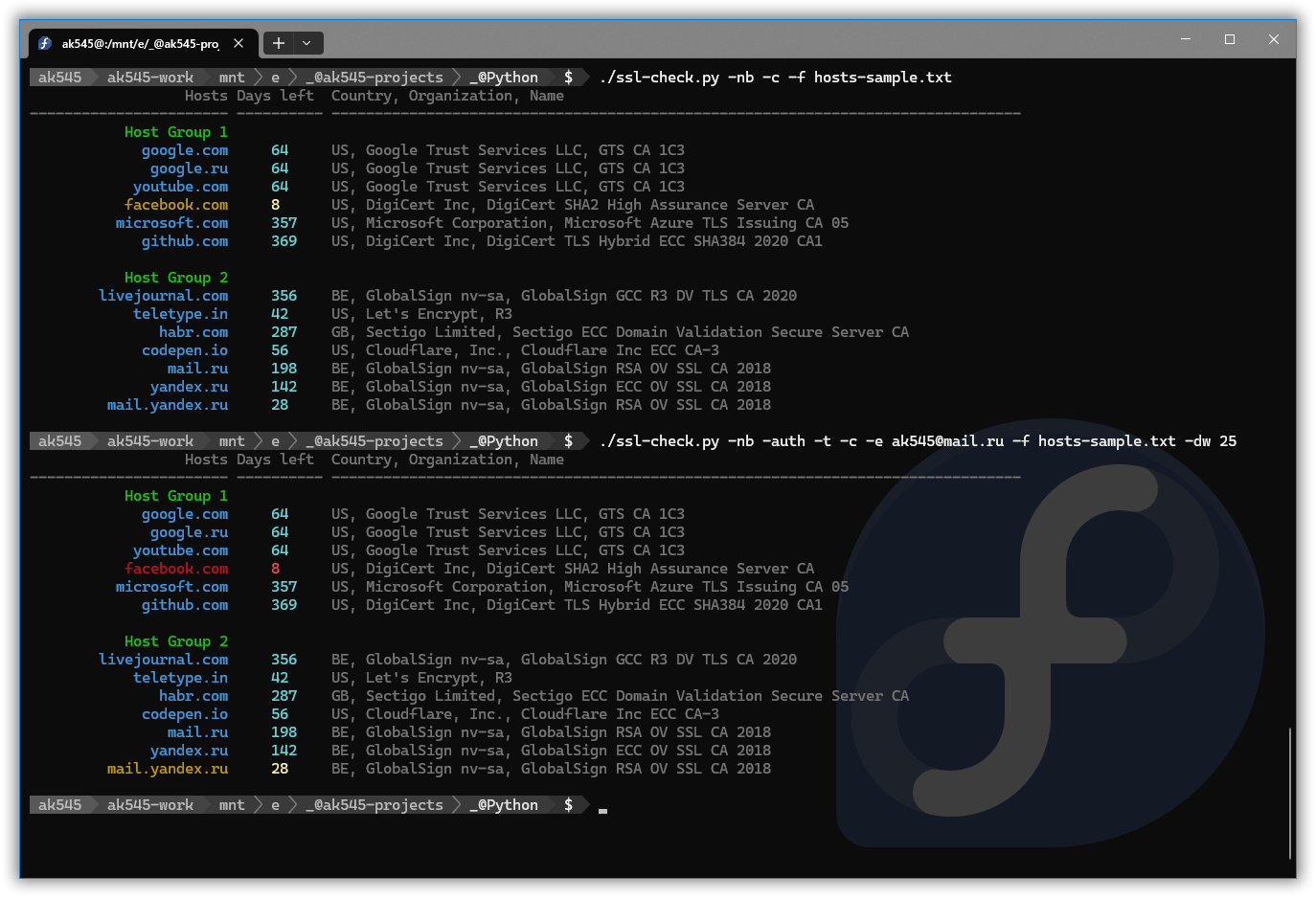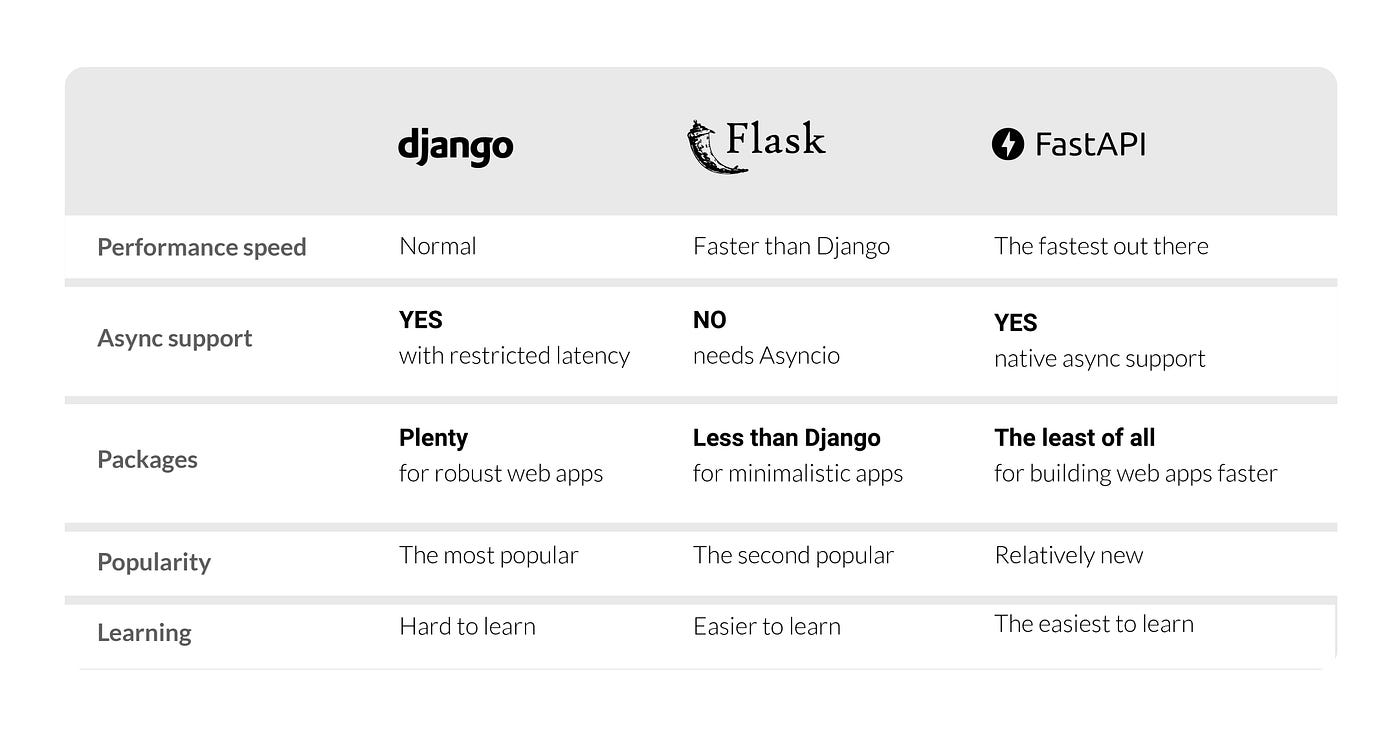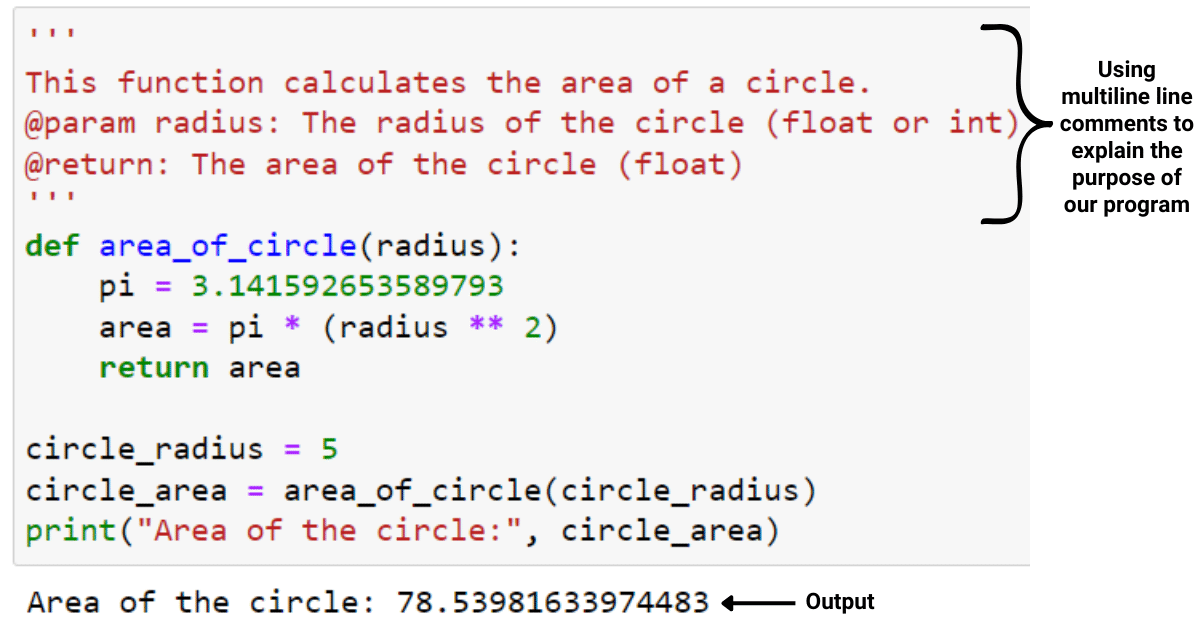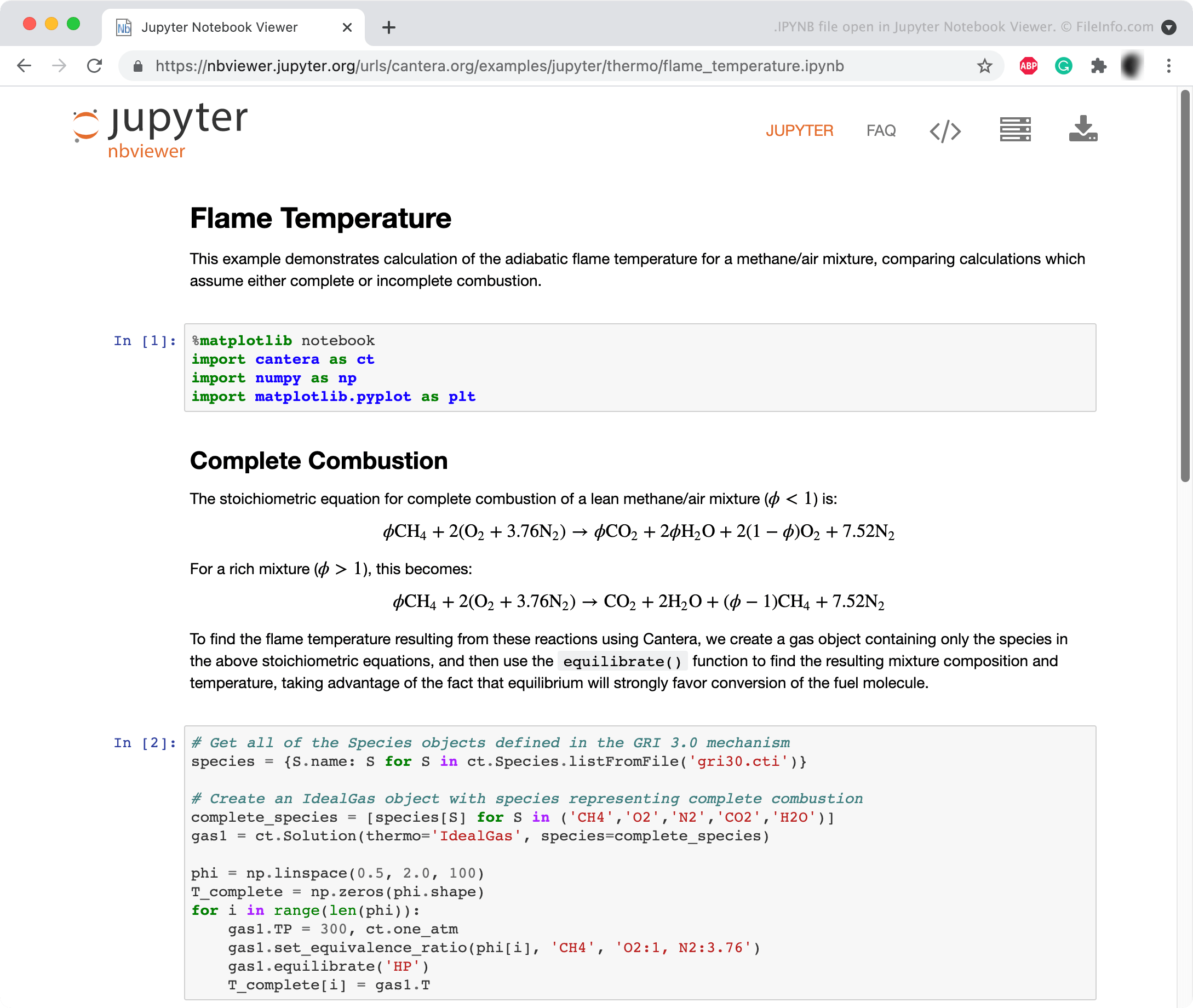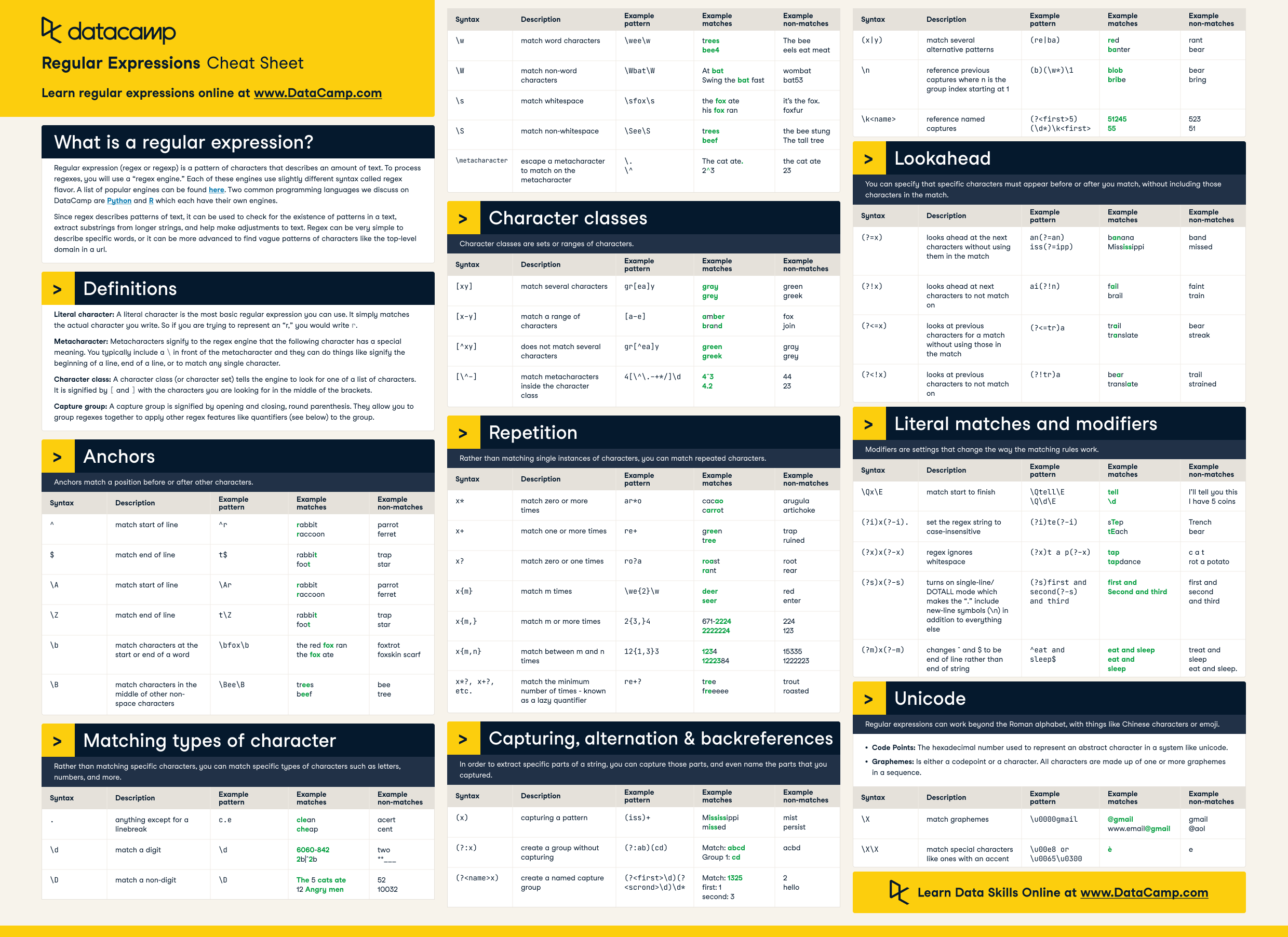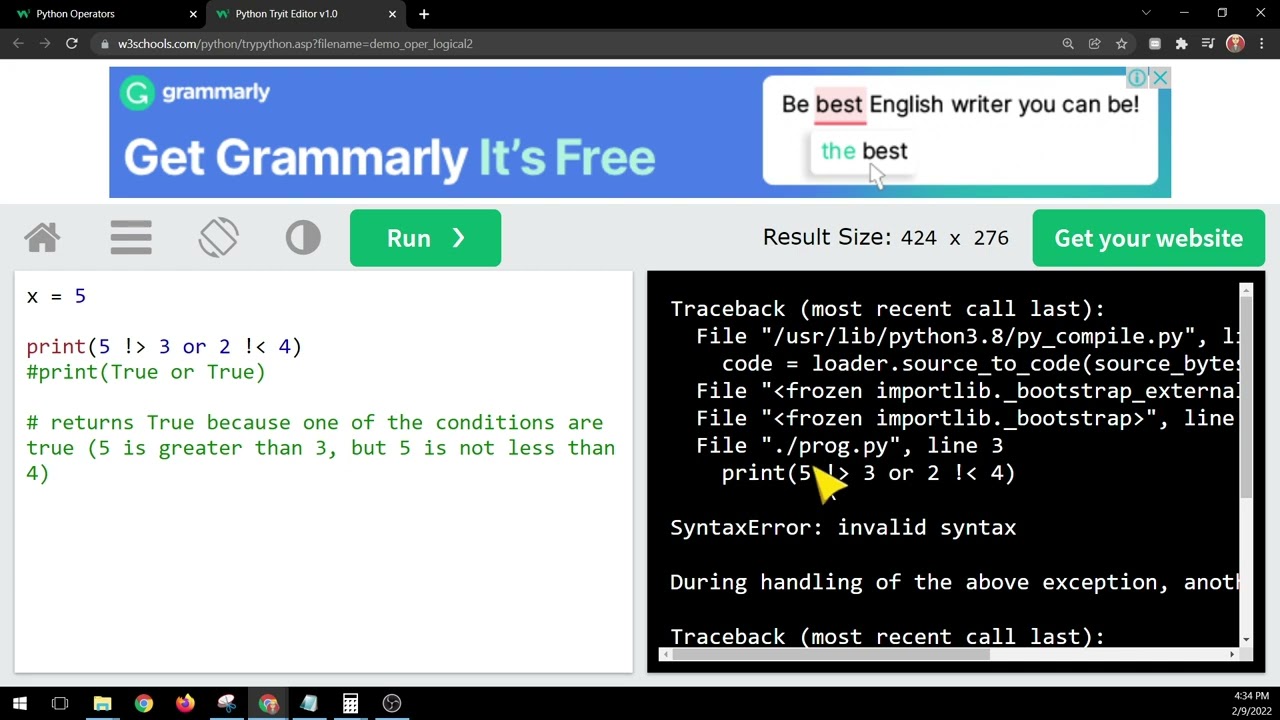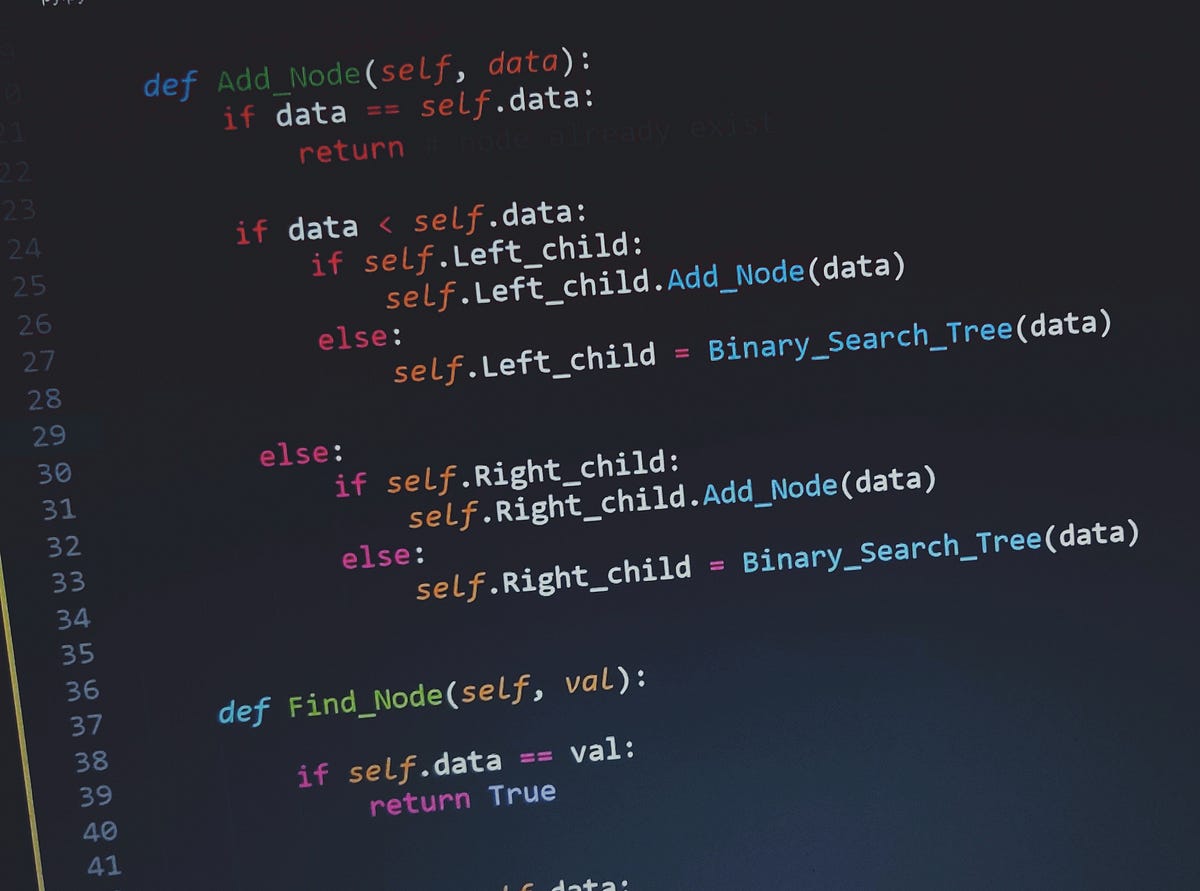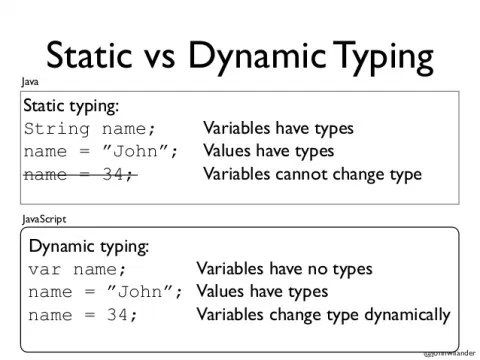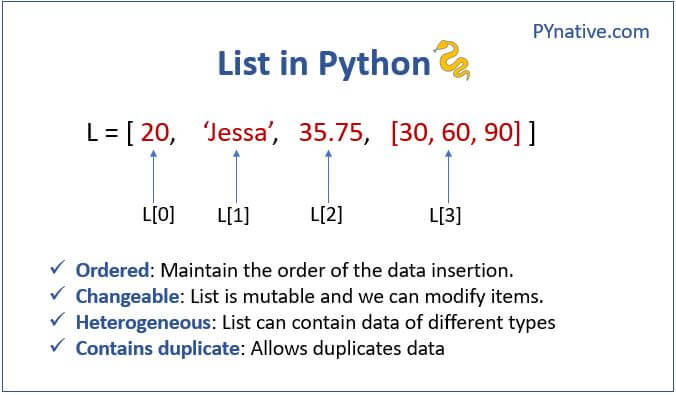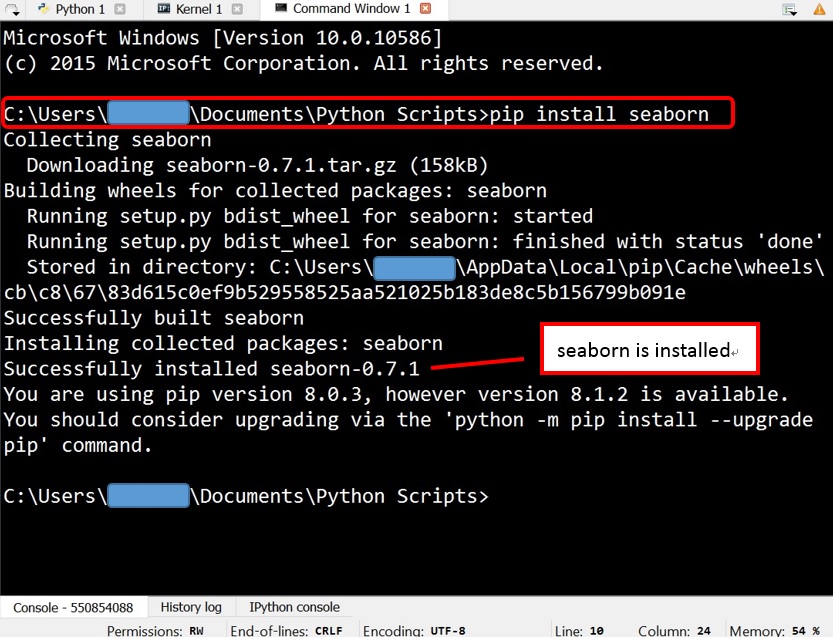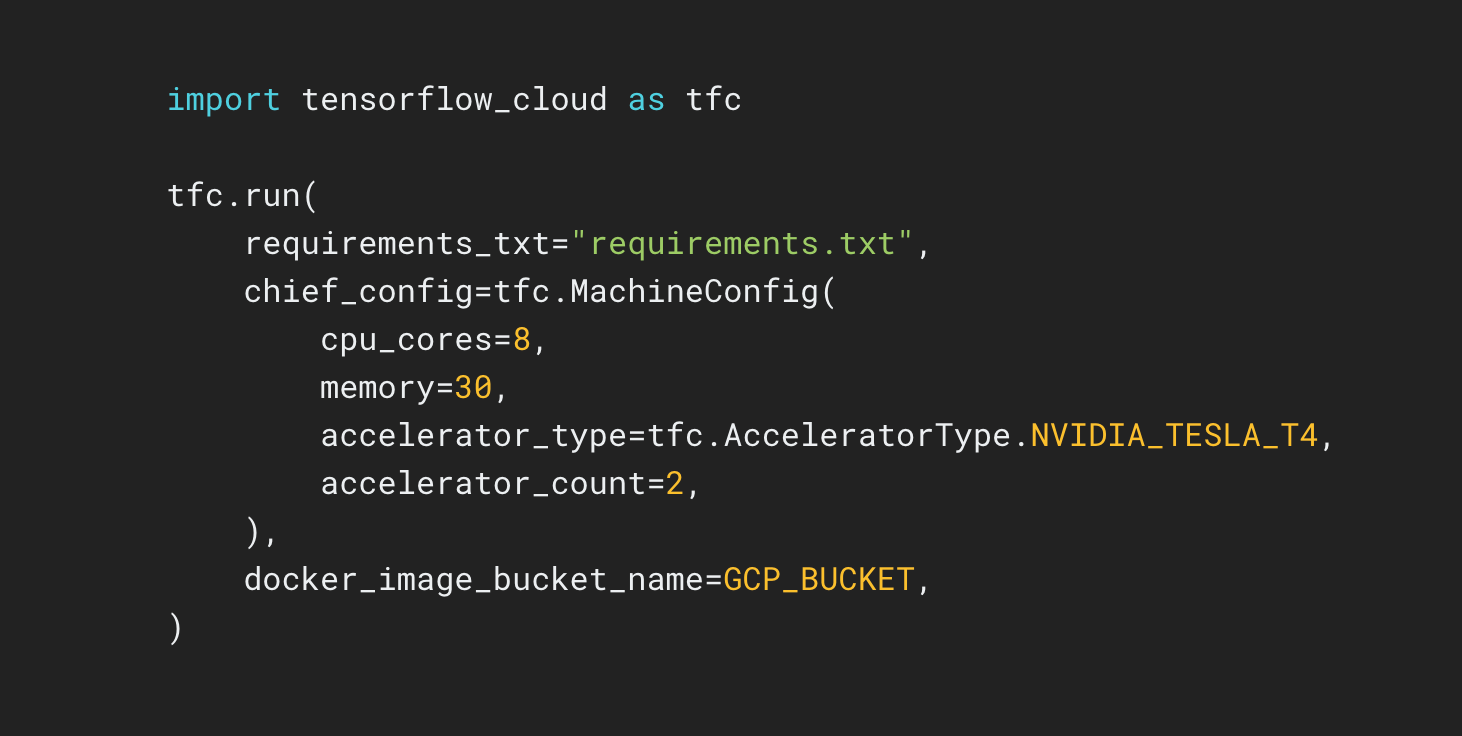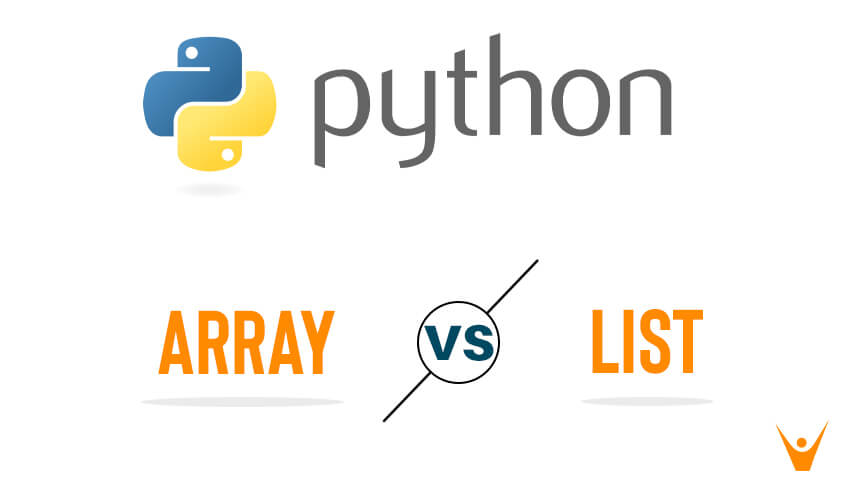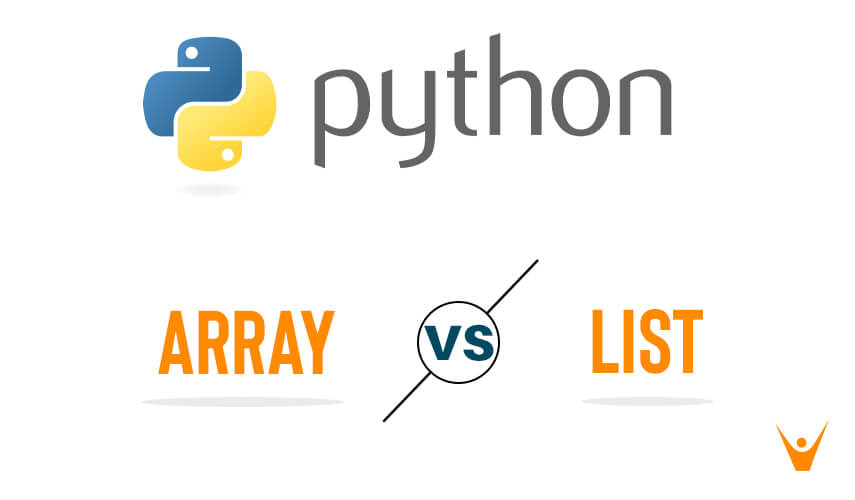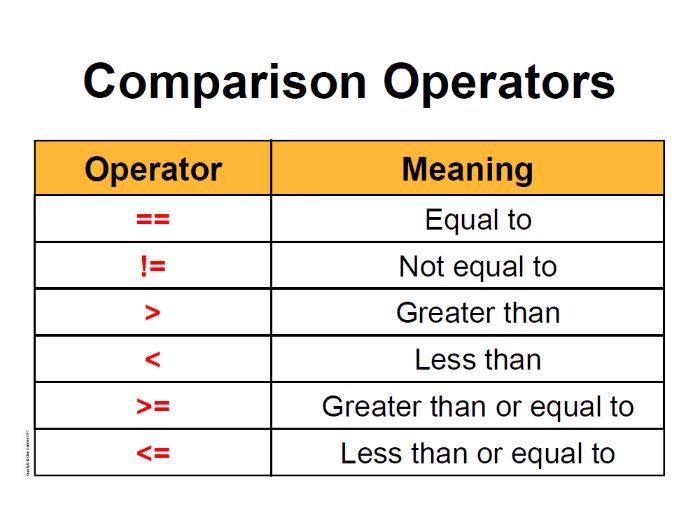Python metaclass=Singleton
Python metaclass=Singleton

Here's a comprehensive explanation of how to implement the Singleton design pattern using Python and its metaclasses:
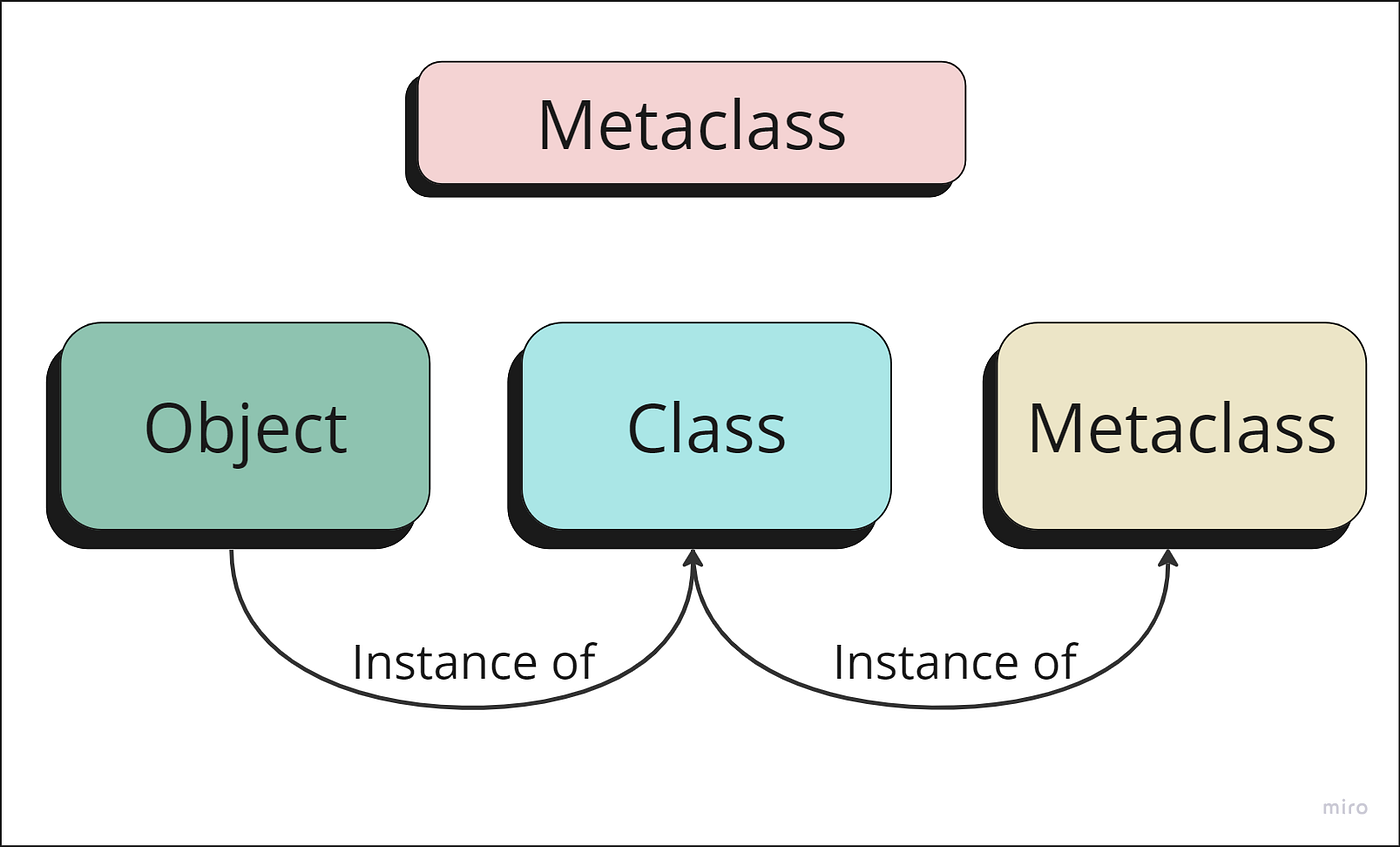
What is the Singleton Pattern?
The Singleton pattern is a design pattern that restricts the instantiation of a class to a single instance. This means that only one object of the class can be created, and if an attempt is made to create another instance, it will return the existing one.
Why Use the Singleton Pattern?
The Singleton pattern is useful when:
Global Access: You need a global point of access to a resource or functionality. Resource Constrained: The object requires significant resources (e.g., memory, I/O) that would be wasteful to duplicate. State Maintenance: The object needs to maintain some internal state or context.Implementing the Singleton Pattern in Python
To implement the Singleton pattern in Python, we'll use a metaclass (a class whose instances are classes). Here's an example:
class Singleton(type):_instances = {}
def call(cls, *args, **kwargs):
if cls not in cls._instances:
instance = super(Singleton, cls).call(*args, **kwargs)
cls._instances[cls] = instance
return cls._instances[cls]
Example usage:class MyClass(object):
pass
MyClass = Singleton("MyClass")
print(id(MyClass)) # Should print the same ID for multiple calls
Here's what's happening:
We define a metaclassSingleton that inherits from type. In Singleton, we maintain a dictionary _instances to keep track of instantiated classes. The __call__ method is overridden to check if an instance of the class already exists in _instances. If not, it creates and stores the new instance. When you try to instantiate MyClass (or any other class that uses this metaclass), the metaclass will return the existing instance or create a new one if none exist.
Benefits and Trade-Offs
Using the Singleton pattern with a metaclass has some benefits:
Convenient: You can easily apply the Singleton pattern to multiple classes without having to manually implement it. Flexible: The metaclass approach allows you to customize the behavior of your Singleton classes by overriding specific methods (e.g.,__init__, __new__).
However, there are some trade-offs to consider:
Performance: Instantiating a class with a metaclass might be slightly slower than traditional instantiation. Code Complexity: The metaclass approach can add complexity to your code, especially for developers who aren't familiar with metaclasses.Conclusion
In this answer, we've explored how to implement the Singleton design pattern using Python's metaclasses. By using a metaclass, you can easily apply the Singleton pattern to multiple classes and customize their behavior. While there are some trade-offs to consider, the benefits of convenience, flexibility, and code reusability make the metaclass approach an attractive choice for implementing Singletons in Python.
What is metaclass in Python geeksforgeeks?

I'll respond in English, and I hope Grandma won't be too upset!
In Python, a metaclass is a class whose instances are classes. Yes, you read that right - a metaclass is a class that creates classes! This concept can be a bit mind-bending, but stick with me, and we'll explore it further.
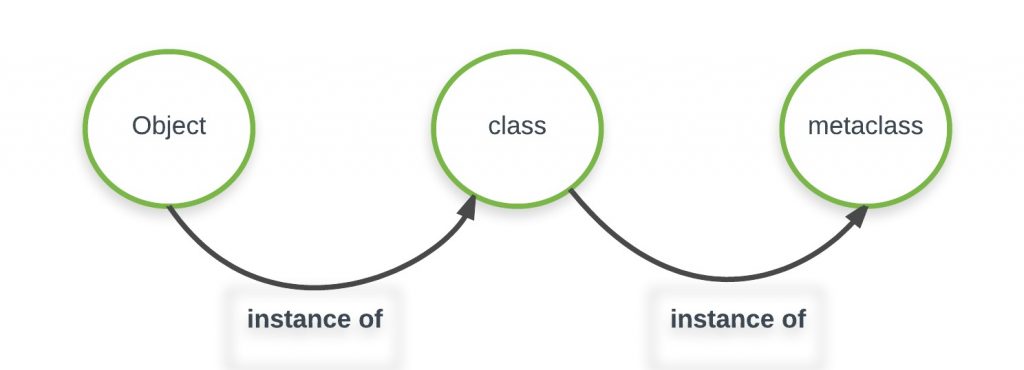
To understand metaclasses, let's first talk about classes in Python. A class is a blueprint for creating objects. When you define a class, you're essentially telling Python how to create instances of that class. For example:
class Dog:
def init(self, name):
self.name = name
my_dog = Dog("Fido")
print(my_dog.name) # Output: Fido
In this example, we define a Dog class with an __init__ method that initializes the object's name attribute. We then create an instance of the Dog class and print its name.
Now, let's talk about metaclasses! A metaclass is a class whose instances are classes. To create a metaclass, you define a class with the same name as the class you want to create. For example:
class DogMeta(type):
def new(meta, name, bases):
print(f"Creating class {name}")
return super().new(meta, name, bases)
class Dog(metaclass=DogMeta):
pass
print(isinstance(Dog(), Dog))
In this example, we define a DogMeta metaclass. When we create the Dog class, Python will call the __new__ method of the DogMeta metaclass. This allows us to perform some initialization or modification of the Dog class before it's created.
The magic happens when you look at the output:
Creating class Dog
True
Python creates an instance of the DogMeta metaclass, and that instance is actually the Dog class! When we create an instance of the Dog class (my_dog = Dog("Fido")), Python will call the __new__ method of the DogMeta metaclass again.
Metaclasses are powerful tools in Python, allowing you to:
Modify the class definition: You can override or extend the class's attributes, methods, and behavior. Create class factories: Metaclasses can generate classes programmatically based on some condition or configuration. Implement Domain Specific Languages (DSLs): By creating metaclasses that understand specific domain knowledge, you can create DSLs for your domain.However, using metaclasses can make your code harder to read and maintain, as the class creation process becomes more complex. It's essential to use metaclasses judiciously and with caution.
In summary, metaclasses are classes whose instances are classes. They allow you to modify or create classes programmatically, giving you incredible flexibility in Python programming. While they can be powerful tools, it's crucial to use them wisely and with consideration for code readability and maintainability.

